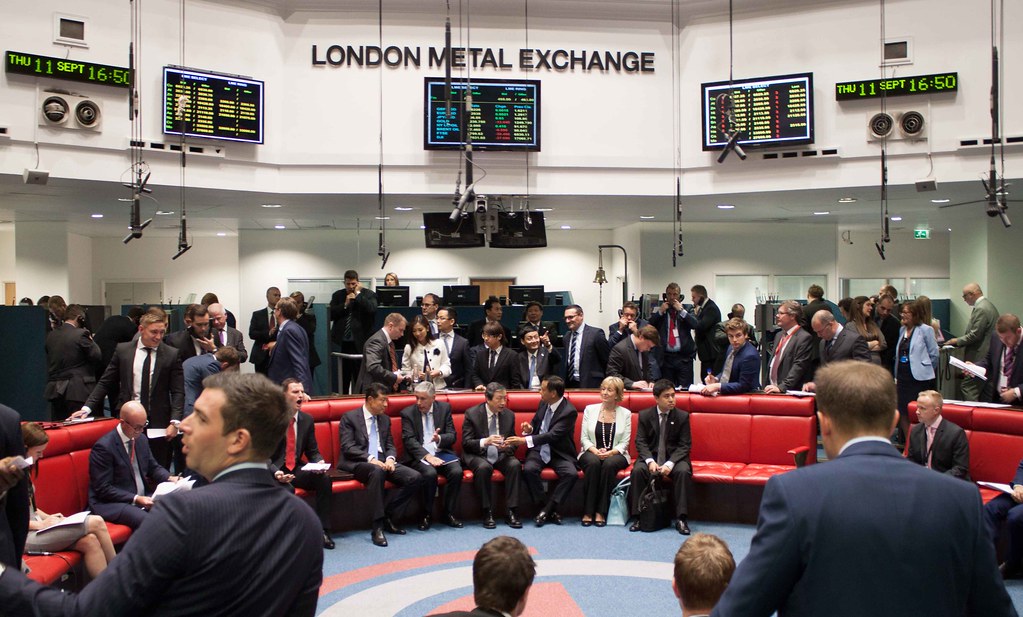
London Metal Exchange (LME) zinc stocks have more than doubled to 145,975 metric tons over the last month and are now at their highest level since February 2022.
What started in July as a trickle of metal into the market of last resort has turned into an August flood with 76,425 metric tons placed on LME warrant since the start of last week.
The sudden appearance of so much zinc shouldn’t come as a big surprise since the market has for some time been signalling weaker dynamics for the galvanizing metal.
LME three-month zinc hit a near three-year low of $2,215 per metric ton in May. Currently trading around $2,280, zinc is now down by 24% since the start of January, making it the second weakest performer among the LME base metals after nickel.
Time-spreads loosened significantly around the middle of April, suggesting metal was accumulating off exchange.
This month’s mini-squeeze has enticed some of that metal out of the shadows and there may be more to come.
However, further up the supply chain there are already signs that the collapse in the zinc price is starting to constrain production.

The trigger for the current spate of arrivals in the LME warehouse system appears to have been a sharp contraction in short-dated time-spreads earlier this month.
After trading in comfortable contango since the middle of April, the benchmark cash-to-three-months spread flipped into backwardation at the start of August. The cash premium spiked out to $36.50 per metric ton on Aug. 9, the tightest the period’s been since February.
The mini-squeeze has been attributed to Citibank buying up metal for a lucrative warehouse rental deal, the sort of storage play that has not been possible due to low availability in the last couple of years.
If so, the game is on in Singapore, which has accounted for all the recent arrivals bar 1,000 metric tons at Malaysia’s Port Klang.
The early warning sign that metal was on its way to LME storage came in the form of two flurries of arrivals in Singapore last month.
A total 31,500 metric tons of zinc were warranted in the city in July along with 5,125 metric tons of lead and 625 metric tons of tin.
The LME’s monthly warehouse queue data shows that warehouses operated by PGS (East Asia) Pte Ltd received 31,450 metric tons of metal last month, implying this was the prime destination for the zinc.
We have to wait until the LME’s next monthly update to confirm that the same warehouse company was also the recipient of this month’s inflow.
Low LME stocks were looking increasingly incongruous given the price action and the mounting evidence the zinc market had shifted to a sizeable supply surplus.
The International Lead and Zinc Study Group (ILZSG) was still forecasting a global refined metal deficit of 45,000 metric tons as recently as April.
However, the Group’s latest assessment is that supply exceeded demand to the tune of a hefty 267,000 metric tons in the first five months of 2023.
It estimates that global refined metal production rose by 2.3% year-on-year, largely reflecting higher Chinese output.
Usage growth, however, lagged at a much slower pace of 1.0% over the same period and there is potential for even that modest rate to decline further given zinc’s demand dependence on the construction sector, which is weak in both China and Europe.
The shift to market surplus has now taken tangible form, even if it took an LME time-spread play to winkle it out of the off-market storage shadows.
It remains to be seen how much more zinc arrives in the LME system. The return of contango to the front part of the zinc curve suggests the immediate metal-grab is over.
The world’s smelters are still feasting on the concentrates that built up last year, when outages in Europe and China created a smelting bottleneck in the supply chain.
While some European capacity remains off-line, China’s production has rebounded strongly this year.
Mine supply, however, is now shrinking, according to the ILZSG, which estimates a 1.0% year-on-year decline in the January-May period.
Low prices are starting to affect marginal producers, Boliden’s closure of its Tara mine in Ireland being the highest-profile casualty so far.
The zinc supply cycle is showing the first signs of turning but it will take time before mine supply is sufficiently constrained to translate into lower refined metal production.
In the interim, there is plenty of potential for more metal to head towards LME storage sheds. This month’s spreads-rental play is unlikely to be the last.
(The opinions expressed here are those of the author, Andy Home, a columnist for Reuters.)
(Editing by Kirsten Donovan)
Comments